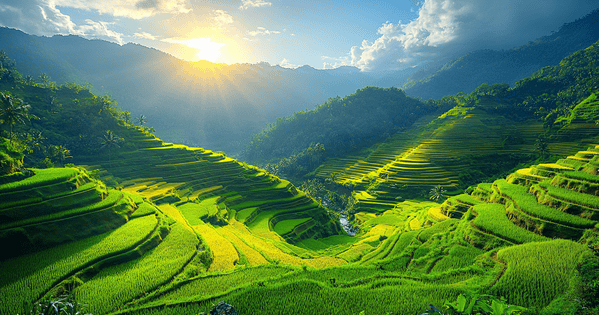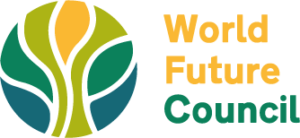


With the Chemical Control Order for Lead and Lead Compounds (CCO), the Philippines became the first Southeast Asian country to successfully implement legislation towards lead-safe paint. The policy’s objective is to increase awareness of the toxicity of lead exposure and to provide safer alternatives to protect the health of the population and the environment. It comprises a roadmap with clear definitions, phase-out plans, and decisive instruments with special attention to children. The CCO combines a collaborative top-down and bottom-up strategy with successful implementation. While globally only a few countries have enacted comprehensive bans on the use of lead additives in all paints, the Philippines demonstrate that it is entirely possible to restrict the use of lead in all paints to the maximum limit of 90 ppm, including in industrial paints, which generally have lead concentrations that are up to 10 times higher.
The Philippine Alliance of Human Rights Advocates (PAHRA) is a non-profit, national human rights organization in the Philippines, Manila.
The concept and practice of human rights within the Philippines is defined by Article III of the Philippine Constitution, as well as the United Nations' International Bill of Human Rights, to which the Philippines is a signatory.
The Philippine Human Rights Information Center (PhilRights) is a non-profit, national human rights organization in the Philippines, Manila.
The Campaign for Human Rights in the Philippines (CHRP) is a small but highly active human rights watchdog based in the United Kingdom. It has the backing of the British T.U.C, Amnesty International, and several educational institutions including a very close relationship with the School of Oriental and African Studies.
The Commission on Human Rights is an independent constitutional office created under the 1987 Constitution of the Philippines, with the primary function of investigating all forms of human rights violations involving civil and political rights in the Philippines.
After Marcos was deposed in 1986, the newly drafted 1987 Constitution prohibited the death penalty but allowed Congress to reinstate it "hereafter" for "heinous crimes", making the Philippines the first Asian country to abolish capital punishment. The capital punishment has been reinstated several times thereafter.